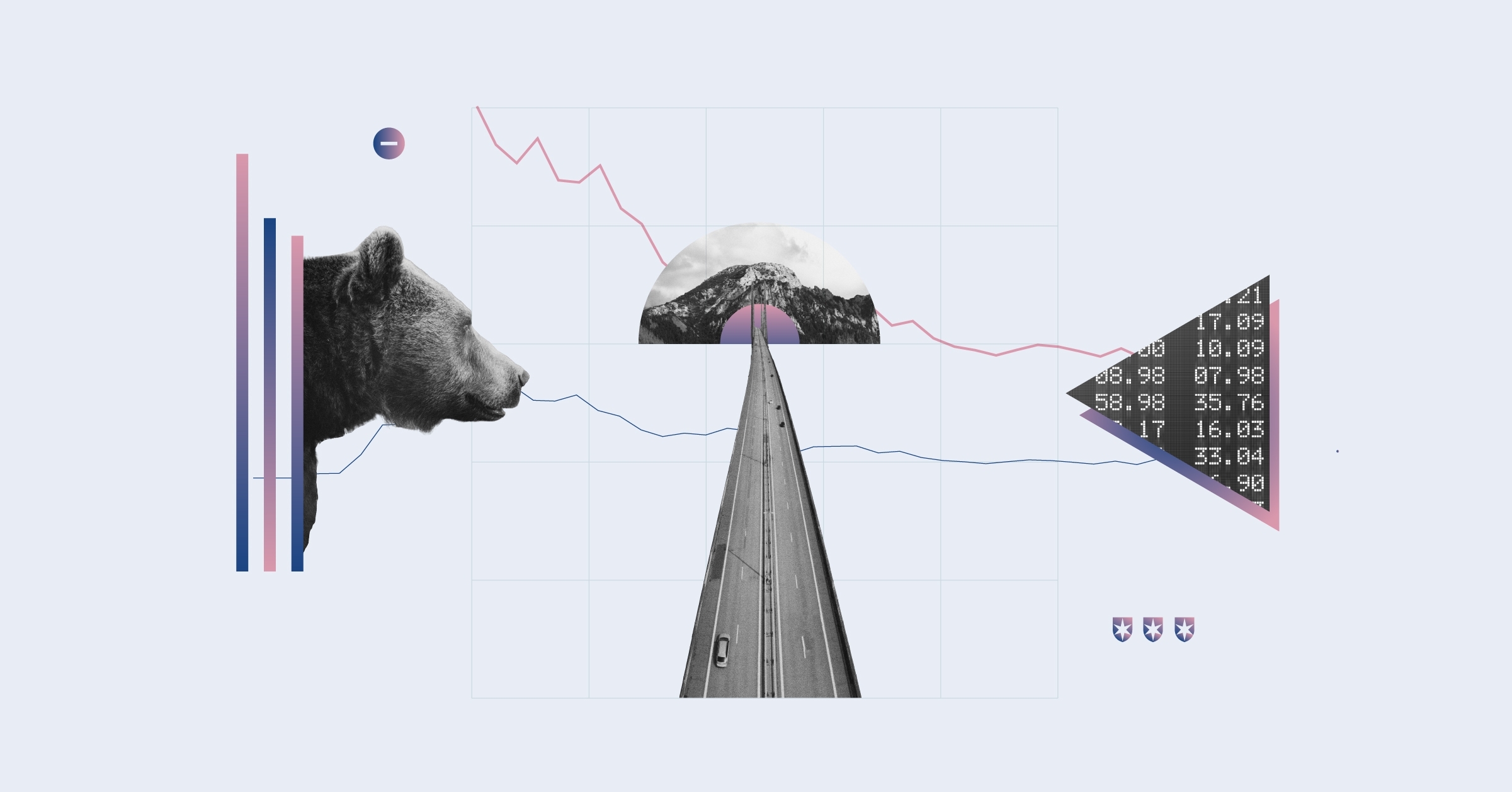We are revising our copper price forecast to reflect a rapidly evolving supply/demand environment and the consequences that prevailing circumstances are likely to have on investment decisions by major miners. Our changes are twofold. First, we are raising our forecast for 2011 and 2012 to reflect the increasing probability of supply tightness in those years as emerging market demand growth (and a recovery in OECD demand) outstrips the ability of mining companies to bring online additional supply. Second, we are reducing our 2013, 2014, and midcycle prices to reflect expectations that in the next few years, major mining firms, prompted by today's record copper prices and cheap capital, will undertake dramatically more growth projects than we had expected. In doing so, we expect producers will eventually bring on sufficient supply to push prices closer to the industry's long-term marginal cost of production, which we estimate at $2.00 per pound in weight in 2010 dollars, far below the $4.14 per pound where copper trades today.
Multiple supply-side developments have fuelled copper's outperformance versus other base metals in the past couple of quarters. First, the industry continues to be plagued by labour unrest which prevents mines from running at full capacity (for example, Collahuasi). Second, investment demand for copper, while difficult to measure, has contributed to the tight supply. The problem could be exacerbated by the launch of new physical copper exchange-traded products (read more in Much Ado About Copper). Third and most important, while miners would love to goose output, there's no slack left in the system, as evidenced by the decline in exchange stocks we've seen in the fourth quarter. Barring a setback in emerging market growth, we expect these factors will keep copper at elevated levels in 2011 and most of 2012. We now forecast prices of $4.00 and $3.50 per pound, respectively.
We think copper has attractive prospects in the near term. Miners, analysts, bankers, and consultants all seem to share a bullish consensus. But it is the obviousness of copper's attractiveness for the next couple of years that makes us less bullish in the years after that. Leaf through any copper miner's presentation book and you're bound to find an exhibit forecasting global copper supply shortfalls well into the future. A typical supporting slide might depict the gradual decline in copper ore grades and increasing scarcity of new world-class discoveries (both true). Consequently, the argument goes, global copper supplies will struggle to keep pace with rising demand for the foreseeable future, prices will remain elevated, and it will be very good to be a copper producer.
Yet none of the major producers are wanting for expansion opportunities, and nearly every major miner would assert that it's the exception to the rule. This can't be true, which leaves us with a problem: Too many firms crowding an attractive bet could render the bet unattractive. To get a sense of just how big the collective bet might be, we gathered the most recent long-term production forecasts from 10 of the world's largest publicly traded copper producers. In 2010, these firms are likely to produce 15.1 billion pounds of copper, accounting for roughly 42% of the world's 35.8 billion pounds of mine production, based on International Copper Study Group estimates. By 2015, these same 10 firms expect to increase production by 8.2 billion pounds, with most of the increase in the second half of 2012 and beyond, reaching 23.2 billion pounds per year (9.1% compound annual growth rate). This sum excludes prospective contributions from several massive drawing board projects.
How much copper will the world need in 2015? In our view, not enough to absorb all the additional supply, which is why we expect copper prices to decline toward the marginal cost of production. The ICSG expects 2010 global copper use of 41.6 billion pounds. Assuming annual demand growth of 2.5% through 2015 (equivalent to the 2000-10 CAGR, when Chinese demand grew from 12% of the world total to 40%), we'd be looking at copper demand of 47.1 billion pounds in 2015. Assuming secondary supplies (recycled copper) continue to meet roughly 15% of total demand (a conservative estimate, since high copper prices beget additional scrap recycling), the residual demand on copper mine production would be 40.5 billion pounds, up 4.2 billion from 2010. Assuming a more aggressive 4.0% demand CAGR, we estimate residual demand on copper mine production at 43.0 billion pounds in 2015, up 7.3 billion from 2010. Under either demand growth scenario, the expected supply growth solely from the 10 firms we reviewed would be more than enough to meet the additional demand, even assuming zero volume growth from the remaining 58% of producers.
Not all miners may be blessed with the same attractive opportunities as the 10 firms we reviewed, and some of the projects contemplated by these 10 may never come to fruition. But current market conditions, namely stronger copper prices and cheap capital, make new projects much more economical than they otherwise might be. Consequently, we'd argue that as long as these conditions persist, we're likely to see more marginal projects getting the green light, fewer projects ending up on the cutting room floor, and a lot more supply entering the market.
























